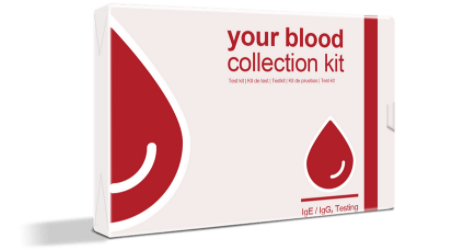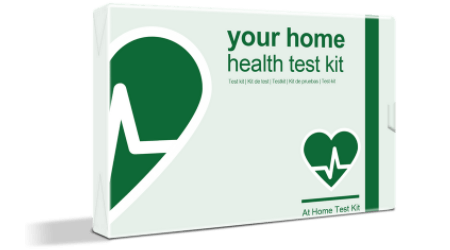Allergy or Intolerance?
The difference between allergies and intolerances.What you need to know.
Define an intolerance?
- The body is lacking the necessary digestive enzymes(s) for the certain food and therefore cannot digest the item properly or efficiently take the nutrients from it. A sensitivity resulting from over-consumption or overexposure.
- Many symptoms are the result of a sensitivity to a particular item. A sensitivity can occur from overconsumption or overexposure of an item.

Allergy or Intolerance. What’s the difference?
If you need further assistance check out our guide to the best intolerance test or contact or 24/7 Livechat team.
Detecting allergies
Common allergic reactions can include localised swelling (i.e. of the throat or tongue), a rash, or difficulty breathing. Peanut, shellfish, egg and soya are among some of the most common allergens.
By comparison, an intolerance is not as severe and immediate as an allergy. These symptoms come on gradually; anything from 30 minutes up to a 48 hours later. These symptoms might include headaches, bloating, localised itching or skin irritations such as eczema, excessive mucous production, excessive gas, diarrhoea, and fatigue.
Recognising allergies
IgG4 food sensitivities are generally less severe than IgE food sensitivities and typical symptoms can include; headaches and nausea, seizures and hyperactivity. These may occur hours or even days after the offending food has been ingested. The degree and severity of symptoms vary because of the genetic makeup of the individual. IgG4 food sensitivities are generally treated by removing problem foods from the diet and by helping digestion with probiotics. To discover the best allergy test for you, take a look at our questions and answers.

Allergy & Intolerance Tests
Our most accurate home-to-lab allergy and intolerance test from a small finger-prick blood testing kit delivered to your door.

Sensitivity Tests
Send us a small hair sample and within 7 working days, you'll have your comprehensive report identifying trigger items.

HEALTH
TESTS
Simple tests for understanding your body quickly with these concise tests. Knowledge is power with these easy to use tests.


